A stye, a sty, or a hordeolum is a painful boil on the lower or upper eyelid. Its appearance resembles a pimple or a boil. It forms when an oil-producing gland that provides lubrication for the eye becomes blocked and infected. Usually, a stye is present along the eyelashes as a response to an eyelash follicle infection. It is common to have a stye on one eye, but the infection can affect both eyes.
It presents as a localized abscess, which is red in color and tender to touch. A pustule like this is likely to ooze with puss. Occasionally, a stye can appear on the inside of the eyelid. In this case, a stye will have a less defined appearance and may cause redness of the eyelid. These two types of stye are described as external and internal styes.
A stye can be mistaken for a chalazion, which is similar in appearance. Chalazia form due to a mechanical blockage of a gland as opposed to an infection. These are usually less painful than styes and are a chronic condition whilst styes resolve spontaneously within 1 or 2 weeks.
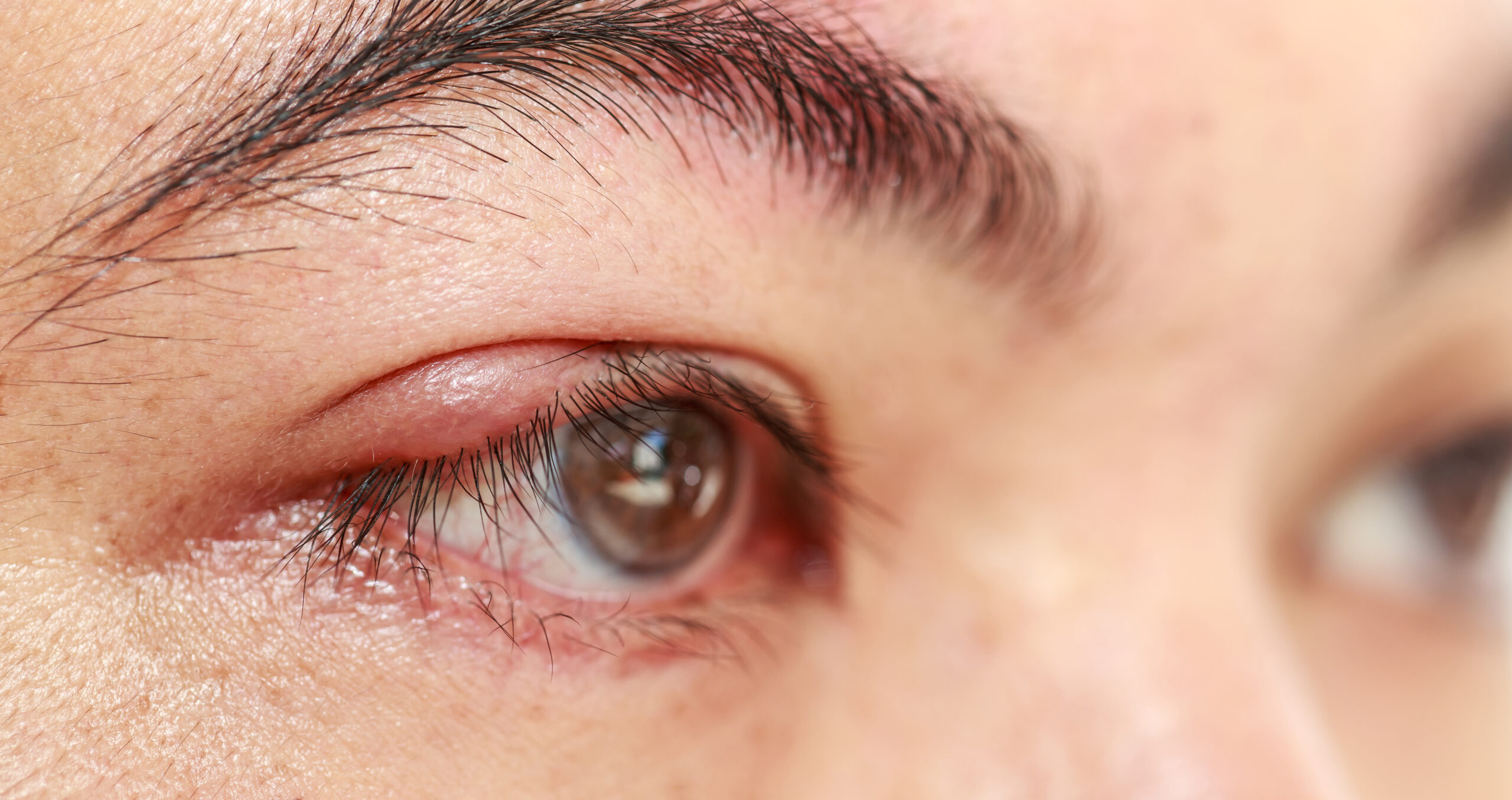
Styes are a very common problem, and everyone can get them. Some people are more prone to develop this condition. People who previously suffered from a stye are more likely to develop it again. Underlying conditions such as blepharitis, dandruff, rosacea, diabetes, or high levels of bad cholesterol can increase a person's susceptibility to styes. This acute condition affects both children and adults but is more common in adults as the oily substance produced by their glands is thicker than in children and, therefore, more likely to create a blockage.
Styes aren't considered contagious; however, a small amount of bacteria can be spread onto the other eyelid or between people; therefore, you should avoid touching a stye and wash your hands and pillowcases frequently if you or your child have a stye.
A stye forms when bacteria normally present on your skin block one of the oil-producing glands on your eyelid. It can affect either the upper or lower eyelid. Bacteria most commonly associated with these infections are from the staphylococcus![]() family.
family.
External styes develop when an eyelash follicle gets blocked and infected. A red and inflamed bump appears along the line of eyelashes, causing acute pain, redness, itching, and a burning sensation.
Internal stye develops on the inside of an eyelid when one of the glands responsible for lubricating your eye becomes blocked and infected. It causes a pustule to appear on the inside of an eyelid and, therefore, may be more difficult to diagnose. It presents as a red and tender eyelid with a pustule revealed by everting the eyelid.
The symptoms![]() of a stye include:
of a stye include:
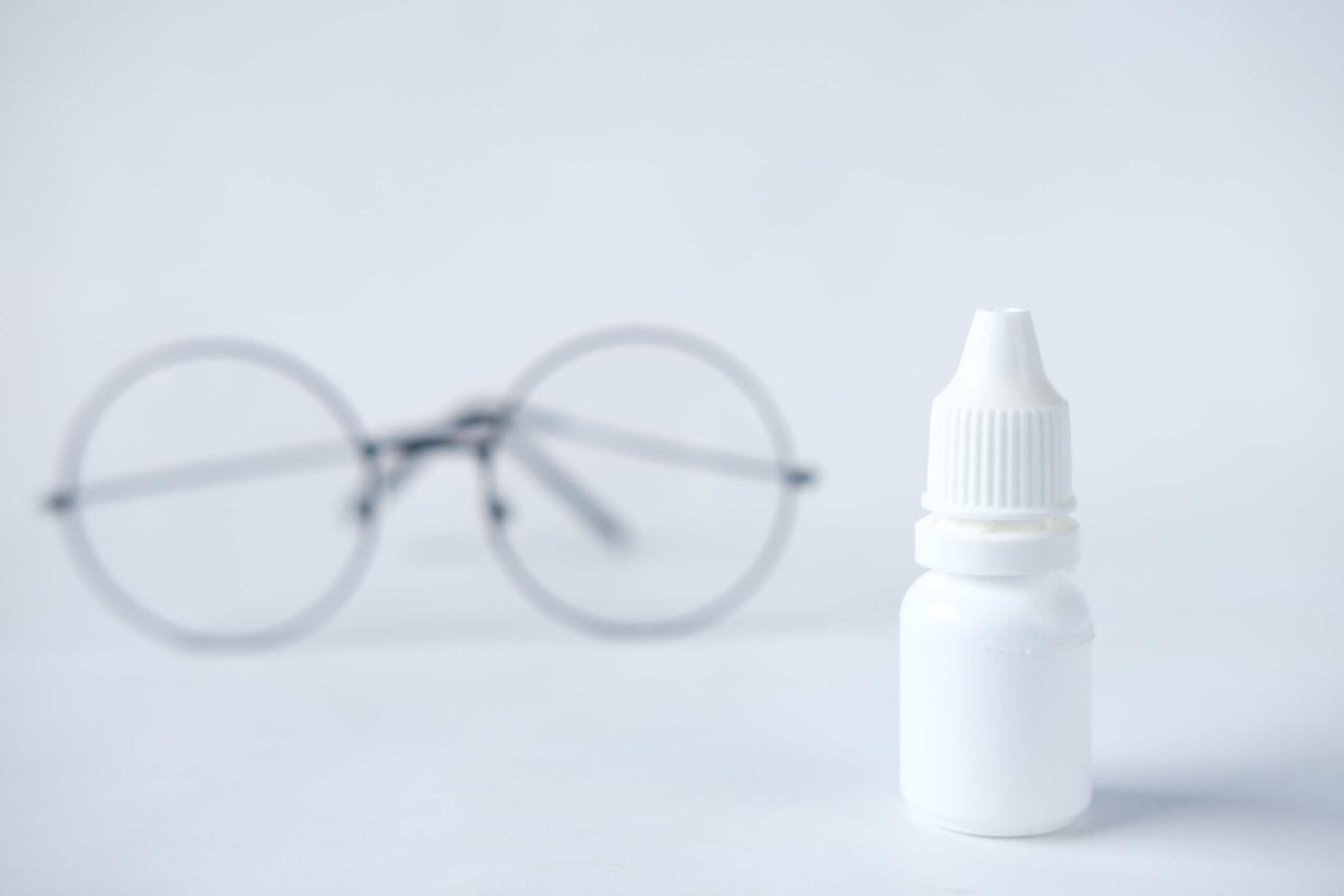
Styes usually resolve on their own within one or two weeks. There are treatments![]() you can do at home to make them go away faster.
you can do at home to make them go away faster.
Warm compresses can reduce swelling and speed up the healing process. Soak a clean flannel in warm water and hold it against your eye for 5-10 minutes. Repeat the warm compress 3 or 4 times a day. There is some evidence that applying a compress made of green tea bags soaked in warm water can be beneficial. Green tea is a well-known antioxidant with antibacterial properties. While this method is not proven to be effective, it won't do you any harm.
You can take paracetamol or ibuprofen to relieve pain. Avoid wearing eye makeup and contact lenses until your eye heals. It is not recommended to burst the boil at home as this can spread the infection. Do not touch your eye and eyelid to prevent transmission.
Clean your eyes frequently to remove discharge. You should use a mild, soapy solution made of 1 part gentle infant shampoo and 1 part water. Eyelid wipes, available in most drug stores, are an excellent alternative to the solution.
You can also massage the nodule with a clean finger or a Q-tip. This should soften the bump and help unblock the gland.
If your symptoms don't improve after a few days of self-care or the condition affects your vision, you should contact a healthcare provider. Treatments ![]() that they can offer include:
that they can offer include:
The most important measure to prevent styes is ensuring good facial hygiene. To do so, you should follow these steps:
A stye is a very painful eye condition. It forms when one of the glands responsible for lubricating the eye or the eyelashes becomes blocked and infected. It is simmilar to a chalazion. The main difference between the two is location and pain level. Chalazia are usually located further away from the eyelash line and are less painful. These are more chronic and don't disappear within a few days or weeks, while styes usually do.
You can treat a stye at home to speed up the healing process. To do so, apply warm compresses made of a clean flannel soaked in warm water 3-4 times daily. Massaging the bump can be beneficial as well. Ensure good face hygiene to prevent oil gland infections.
You should seek professional help if the problem doesn't resolve within two weeks despite implementing home treatment. Contact your eye healthcare provider if the pain cannot be managed with available pain relief drugs and if your vision becomes blurry or obstructed by the swelling.
Table of Contents
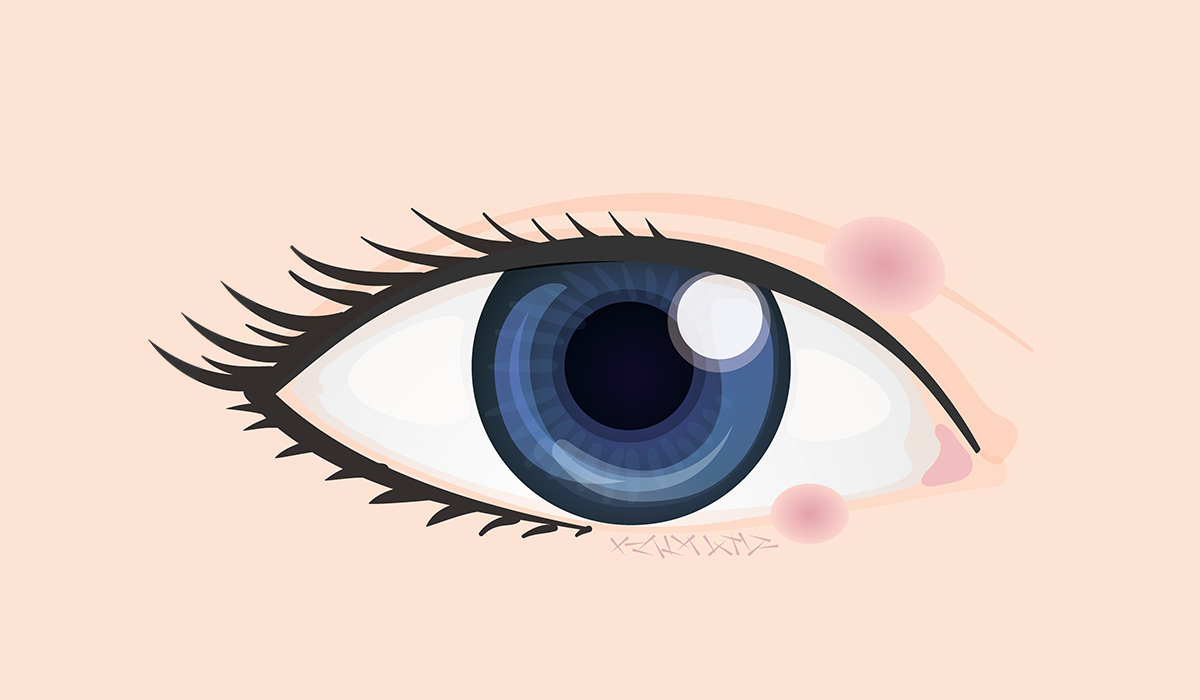
A chalazion may be a little lump on the eyelid, ordinarily not agonizing. It happens when one of the small… read more »
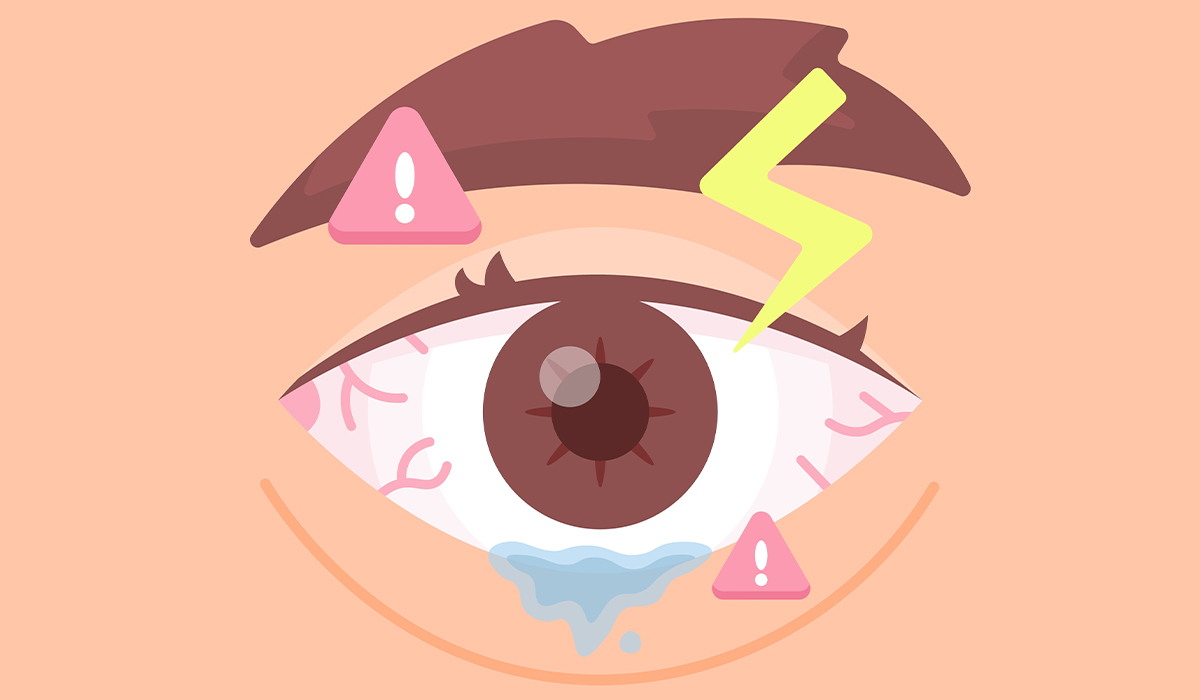
Eye infections are common conditions where an eye becomes red, itchy, and painful. What are the common causes? How is… read more »
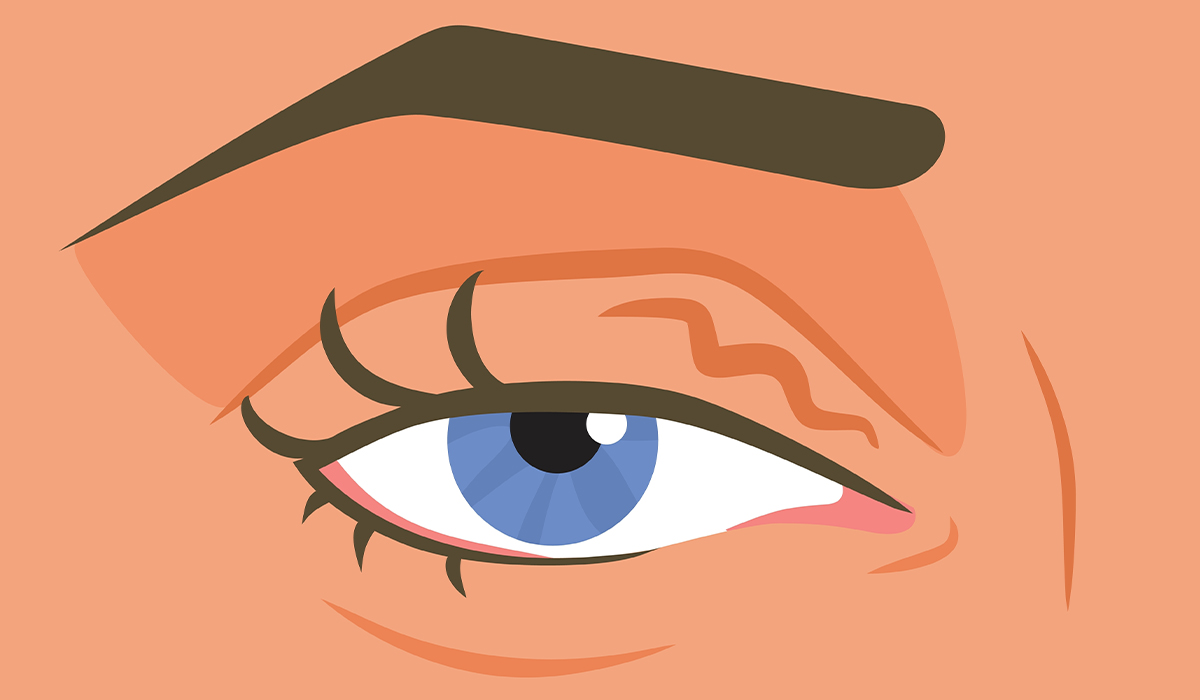
Eye twitching, what science individuals call myokymia, is when your eye muscle moves by itself again and again without you… read more »

An ophthalmologist is an eye doctor. They are trained to diagnose, treat, and manage eye and vision conditions. Each part… read more »
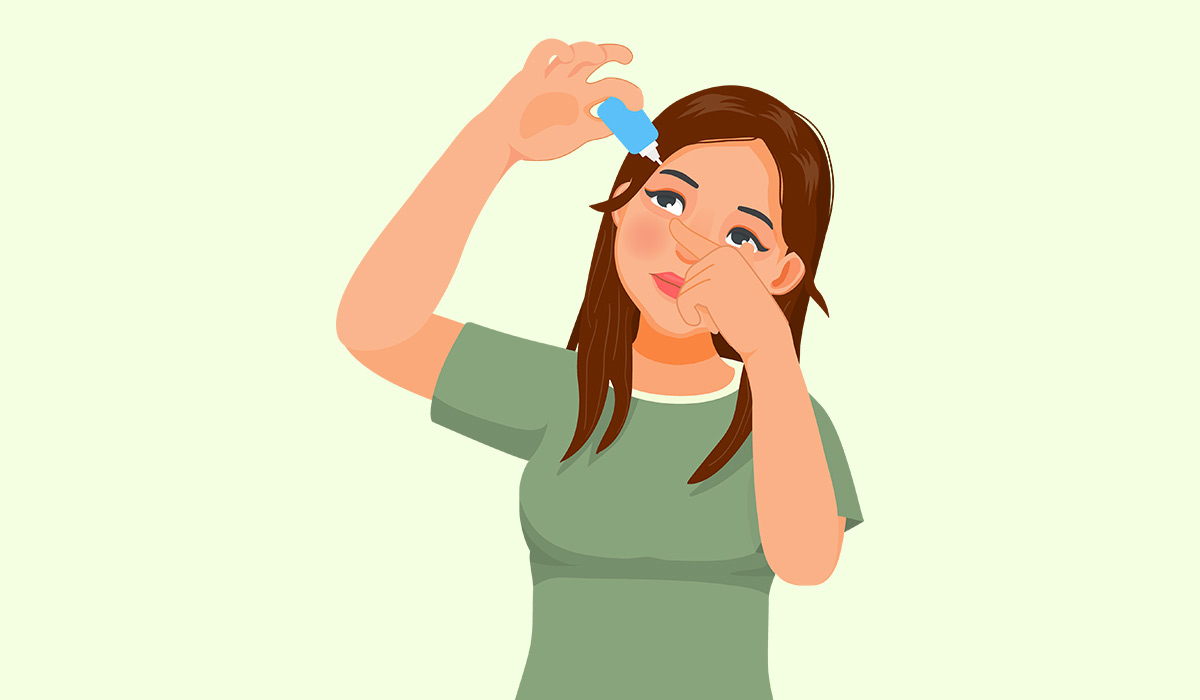
Eye drops are liquid medications designed to be applied directly into the eyes for various purposes. They are used to… read more »
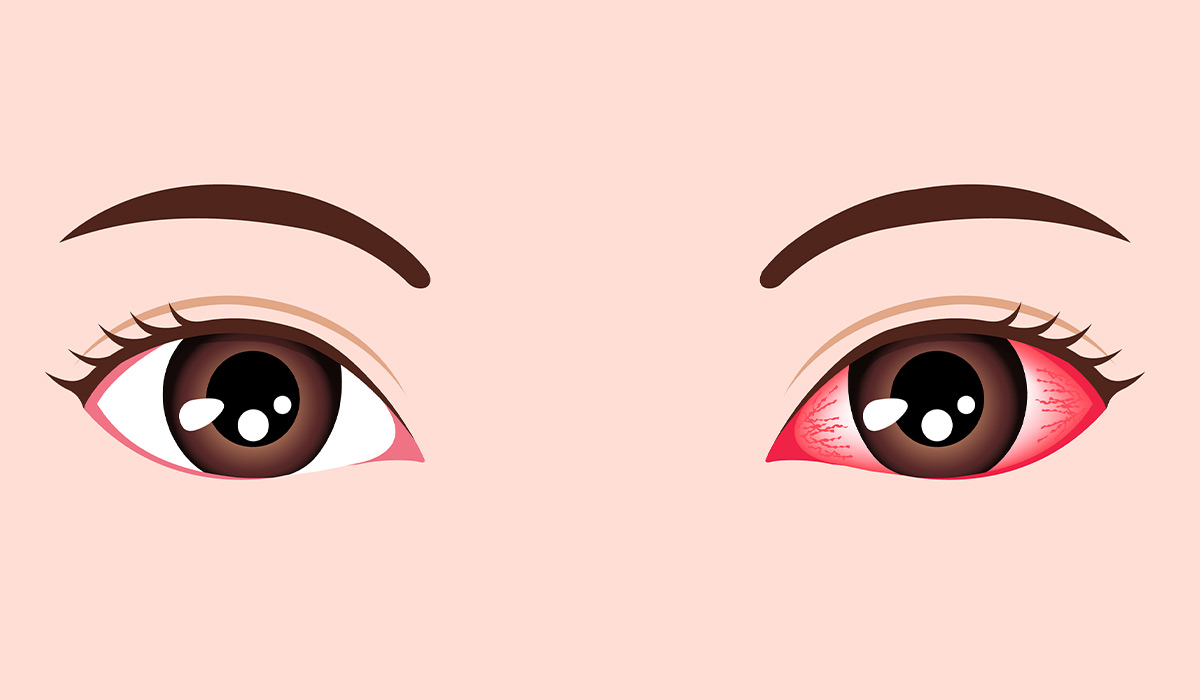
Pink eye is one of the most frequently diagnosed ophthalmological diseases. It may be bacterial, allergic or viral. What are… read more »

Strabismus is an eye misalignment, a condition when eyes look in different directions. It can affect both children and adults.… read more »
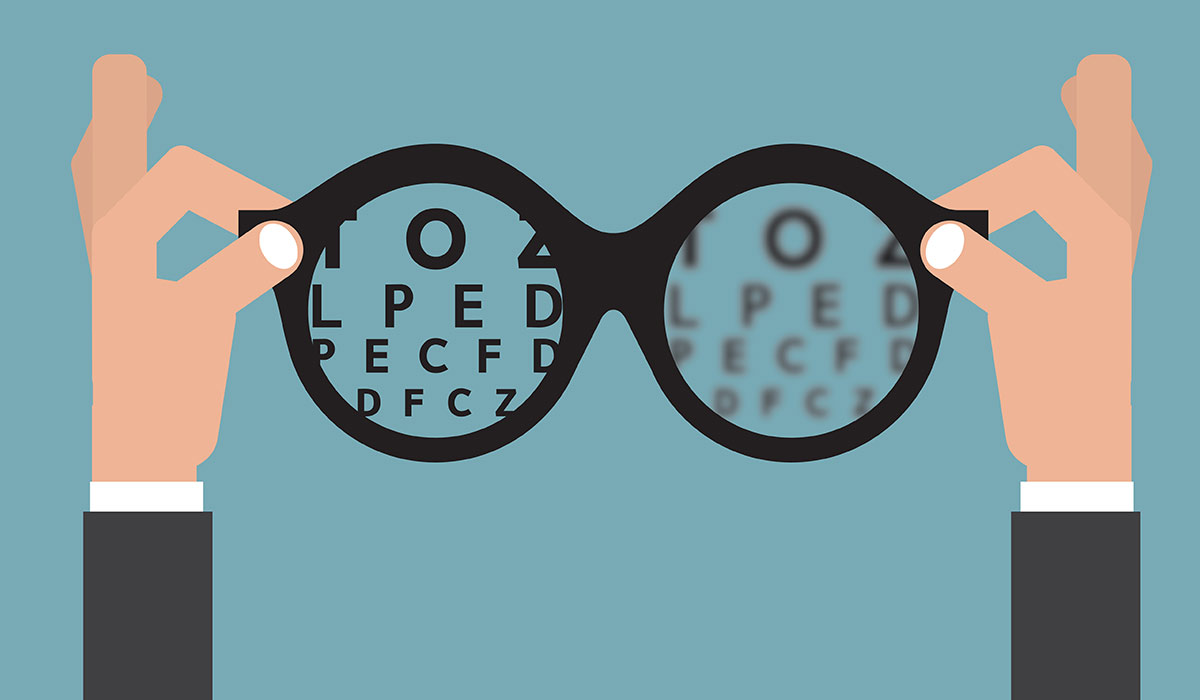
Myopia, also called nearsightedness, is an eye condition in which distant objects appear blurry. Here is everything you need to… read more »
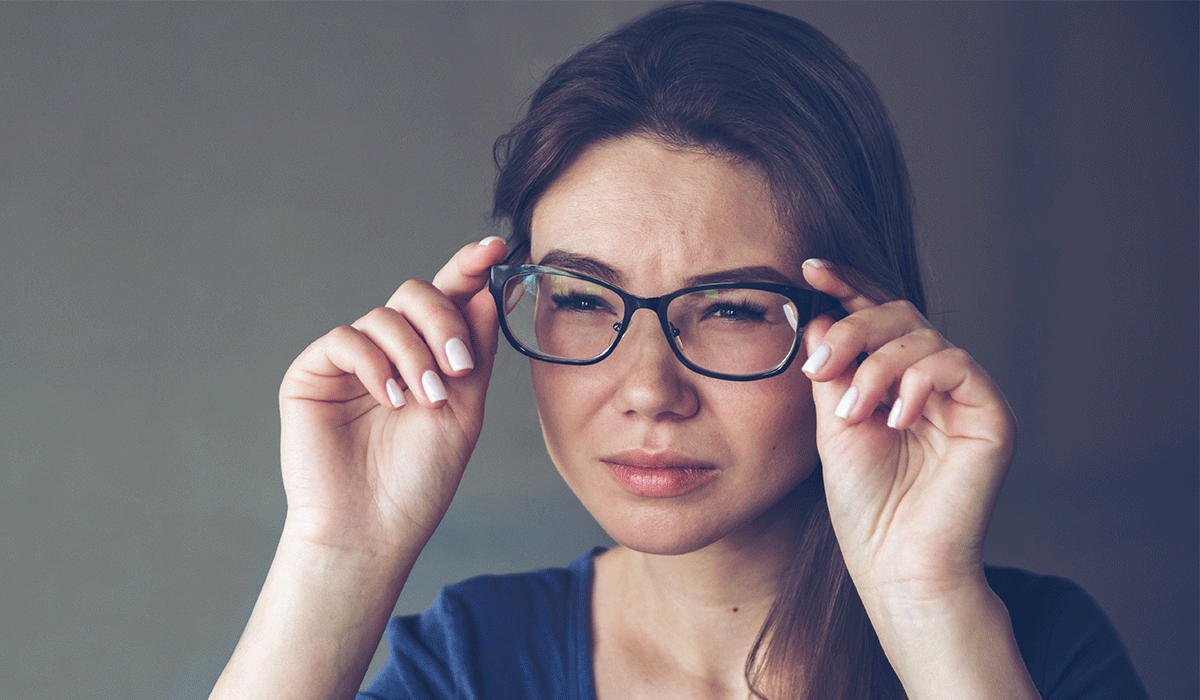
Astigmatism is one of the most common vision defects in the world. It causes blurred vision of objects both at… read more »